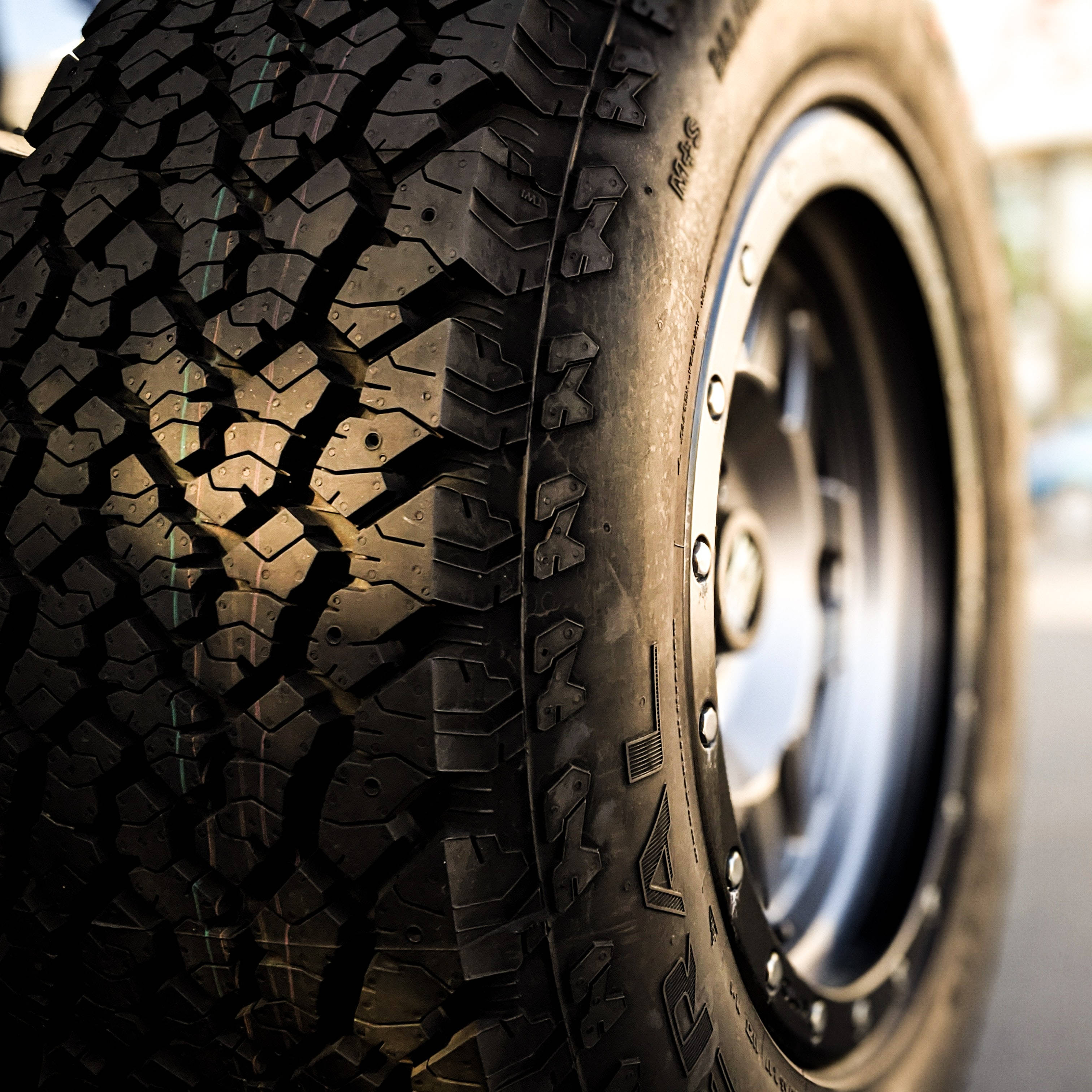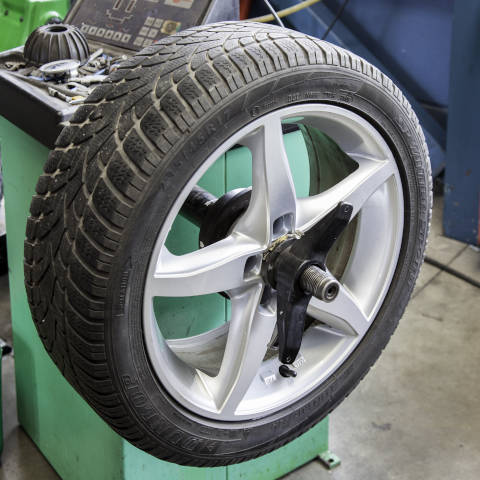Inspect Your Tires Regularly
To avoid tire failure, inspect and maintain your tires regularly. Most issues with tires result from under-inflation or over-inflation, and damage from curbs and potholes.
Signs of Tire Issues
- Uneven tire tread wear: this could mean that your wheels are out of alignment.
- Miniature cracks on the side of the tires: this depends on the quality and age of your tires and it may be time to get new tires.
- Shaking or vibrations while driving at certain speeds: this is generally caused by unbalanced tires.
- Worn out tires: eventually the tires wear out and need to be replaced.

Check the Tire Pressure Regularly
It's good to check that the tires have the required pressure for your vehicle. You should visually inspect the car tires before driving on a daily basis. Once every month, you should check the pressure using a tire pressure gauge. Your vehicle will have specific tire inflation specifications that can be found on the sticker located on the side of the driver's car door.
Rotate Your Tires
Tires at the front of the vehicle usually wear out faster than they do at the rear due to the additional force and friction that happens when turning, accelerating and braking. In order to ensure that all tires wear at the same rate, you will need to rotate your tires.
Tires can be rotated in many different ways, all of which depend on the type of tire you are using, whether the tire is directional or non-directional, and whether your car is front wheel, rear wheel, all wheel, or four-wheel drive.

Use Winter Tires in the Winter
It makes a big difference when you use winter tires during our Canadian winters. All season tires do not work as well on the snow and only put you at unnecessary risk. Investing in a good set of winter tires will keep you safe and prevent you from getting stuck in the snow. Having winter tires may also get you a discount on your car insurance (ask your agent). If you put your winter tires on rims, it will save you additional costs in swapping the tires every year.
If you need tires, let us know. We have a wide selection of brand new and used tires.